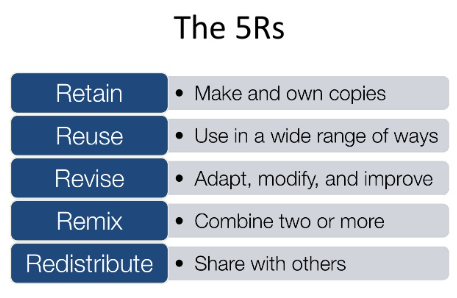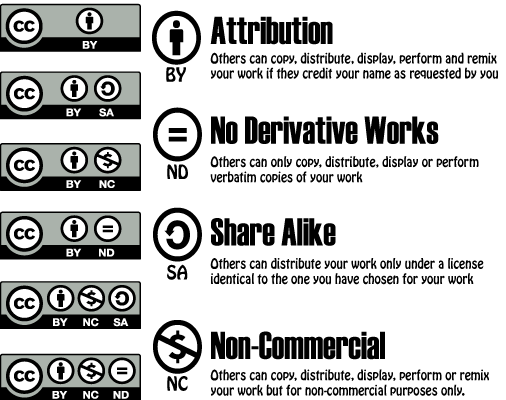Copyright Information
Open Educational Resources and Open Licensing - How Do You Know its Open?
Copyrighted Materials
Copyrighted materials are not open educational resources.
Any material that specifically does not provide permission for its free and open use
is copyrighted and therefore there are restrictions on its use. Do not assume that
content found on the internet can be used, copied, printed, or distributed freely.
Learn more about copyrights.
Copyrights and Fair Use Exceptions
Fair use does not turn copyrighted intellectual works into open educational resources.
Educators have limited freedoms to use copyrighted materials for instructional purposes and these freedoms
have restrictions. For educators to abide by copyright laws governing fair use, four
conditions have to be met. Learn more about these four conditions of fair use.
Free Educational Resources
Free educational resources are free to access but not necessarily free to modify,
revise, or remix. Therefore free educational materials are open educational resources
with limits.
Open and free are not interchangeable terms. While free educational resources live
under the OER umbrella because they can be freely accessed and distributed, the creator(s)
of free materials do not necessarily grant users the ability to use as they desire
or need without permission.
Public Domain
Works which exist in the public domain are open educational resources.
Intellectual materials whose copyright license has expired or has been forfeited,
and works created by the federal government are considered public domain and therefore
can be used openly without any restrictions. Learn more about public domain.
Open Educational Resources
Open educational resources are intellectual works which explicitly give users permission to retain, reuse, revise, remix, and redistribute material. More information about the 5R's of OER. Creative Commons is a nonprofit organization most commonly used by creators of intellectual works.
Creative Commons has six different licenses to choose from to communicate the level
of openness they are giving to users of their works. Since there are six different
Creative Commons licenses, it is important to understand the different levels of openness each license provides the user (see image and explanation below).
Open Educational Resources and Making Attributions
"Open licensing does not replace copyright, rather, it works with copyright to promote shared
use. This changes the copyright from all rights reserved to some rights reserved" (Community College Consortium for Open Educational Resources). This means when using intellectual work with an open license, you must still provide
an attribution to the source. More information on how to attribute Creative Commons licensed work including when
you make modifications. Learn the difference between citations and attributions.
Creative Commons Licenses Explained
Open Educational Resources and the 5Rs

Shifting Your District to Open Educational Resources With Creative Commons by Cable Green. CC-BY 4.0
Six Different Creative Commons Licenses for OER

Creative Commons Licenses. Creative Commons. CC-BY-4.0
For More Information

